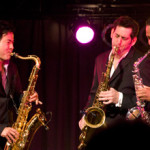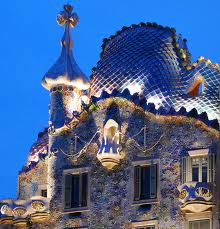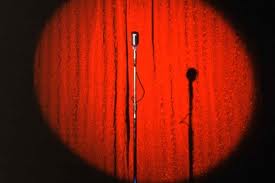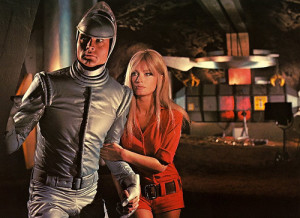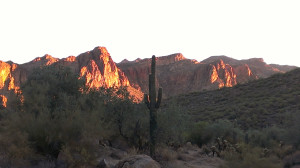As I mentioned in one of my earlier posts about the creative process, care and feeding of your creative mind, song ideas normally don’t come to me as a bolt of lightning from the clouds. Instead, my creative process often needs a nudge. I’ve found that it works best for me to assign myself projects to provide that spark of inspiration to get me started down the creative path.
Sometimes these assignment ideas come from things designed to help me grow as a composer, such as learning how to write and arrange for certain types of instruments in the orchestra. Other times the ideas come from a more practical reason, such as recognizing the types of music getting placed into TV shows and making an attempt to create music to fit those genres.
Still other times, the ideas come from a completely spontaneous urge to do something for the fun of it, for no good reason at all, such as: “hey, wouldn’t it be hilariously fun to create a song that sounds like it came from a car commercial in 1960, …” These kinds of ideas usually come from my sense of humor. It’s liberating every now and then to turn off the pressure to make music that sounds modern or cool and go in the completely opposite direction just to make someone laugh. If music is about conveying emotion then why not explore the quirky, weird, horribly out-of-style, sentimental emotions once in a while.
This is how my Christmas instrumental started. It began as an experiment to create that bubbly-happy glamour music heard in old TV shows or car commercials from the 1960s, never thinking that this path would result in a Christmas tune. I was trying to capture the music that might be used in a scene with Audrey Hepburn, not Santa Claus.
Every time I found a good representation of this genre I took note of the elements that captured the style so well. In a similar way that you might approach a painting, I began to list all of the instruments that would make up the sound pallet for my new song experiment, by auditioning the sounds from my sample libraries that I use for composing (large orchestra string sounds, pizzicato-violins playing happy melodies, harps, etc) Then I set myself to work with my guitar to come up which a chord progression and melody that would represent this style.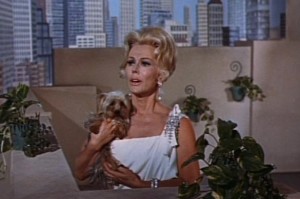 One thing I noticed in much of the music from this genre is some of the interesting ways the chord progressions would modulate into new keys as the song would evolve to give the listener the feeling of moving forward through a scene, not standing still. It took several weeks of arranging and editing the string parts and melody to make every thing work as I heard it in my head. After finishing the orchestration of the song and mixing all the final tracks, I decided to call the song “Give Me Park Avenue”, since it reminded me of the type of music that would have been played behind a glamorous female character like Zsa Zsa Gabor from the TV show Green Acres.
One thing I noticed in much of the music from this genre is some of the interesting ways the chord progressions would modulate into new keys as the song would evolve to give the listener the feeling of moving forward through a scene, not standing still. It took several weeks of arranging and editing the string parts and melody to make every thing work as I heard it in my head. After finishing the orchestration of the song and mixing all the final tracks, I decided to call the song “Give Me Park Avenue”, since it reminded me of the type of music that would have been played behind a glamorous female character like Zsa Zsa Gabor from the TV show Green Acres.
After releasing the song, I thought that this was the end of my little experiment, and I’d satisfied my goal of making some decent parody music for a 1960’s spoof. Then as I started listening to the song even more, I decided that it would make a great Christmas song if I only added a few more sounds to the orchestra.
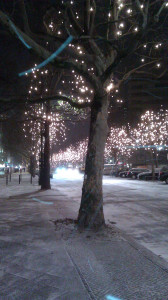 So I decided to make a holiday version of the same song, by re-working original arrangement by adding new parts for orchestral chimes, glockenspiel, and sleigh bells. It took a little re-arranging of some of the string parts but in the end, I was even happier with the resulting Christmas version of my new parody tune than I was with the original version.
So I decided to make a holiday version of the same song, by re-working original arrangement by adding new parts for orchestral chimes, glockenspiel, and sleigh bells. It took a little re-arranging of some of the string parts but in the end, I was even happier with the resulting Christmas version of my new parody tune than I was with the original version.
When I first created this song I had no idea of the market potential for this type of music, thinking that it may be a very long time before I found anyone interested in such music and would probably need to count this one as a learning experience and nothing more. However, in the weeks that followed I found several potential opportunities to pitch the song to including a holiday TV ad campaign for a European retail chain, and a US record company looking for holiday music for rotation into shopping malls for the holiday shopping season. (Fingers crossed hoping that my song is considered for either one)
Here are the lessons I learned in working through this project:
- Find those projects that get you motivated to create, even if you have to come up with the ideas yourself. The important thing is to have a vision to work on that excites you.
- Don’t be afraid to explore your sense of humor for song ideas, even if they may seem uncool or nerdy
- Your childhood can be a great source of inspiration since there is so much emotion locked into your memories of the past
- Don’t be afraid to re-work an existing song into something new, such as a holiday version
- As they say in the Hokey Pokey “put your whole self in, and shake it all about …” Always, do your best job with any song that you take to completion. Never do minimal effort – your time and creativity should never be wasted!
Until next time, happy music making!
–Jim


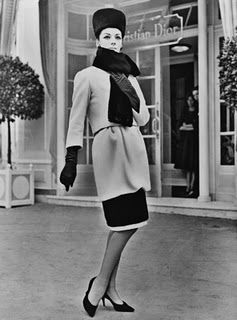
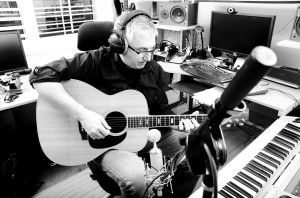
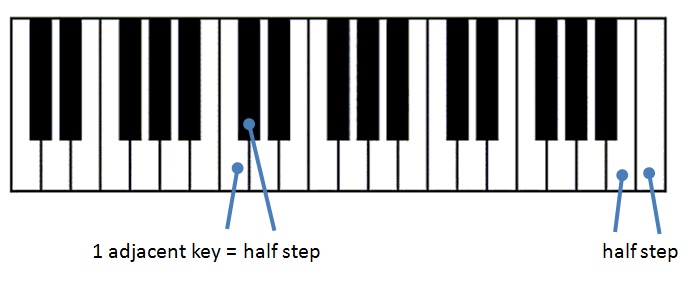
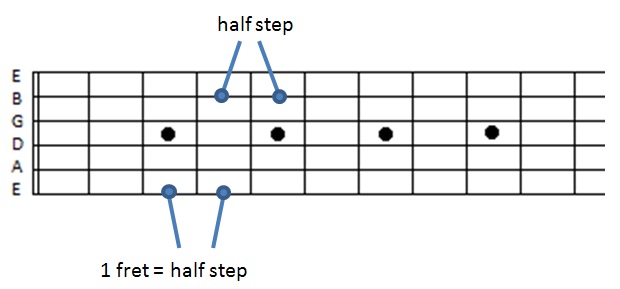
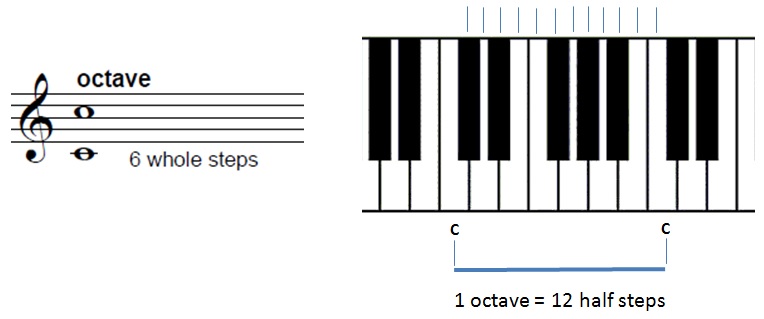


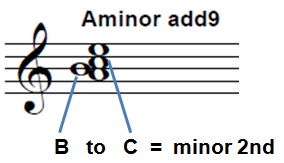
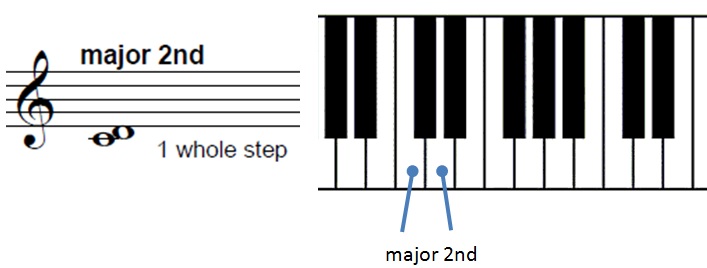

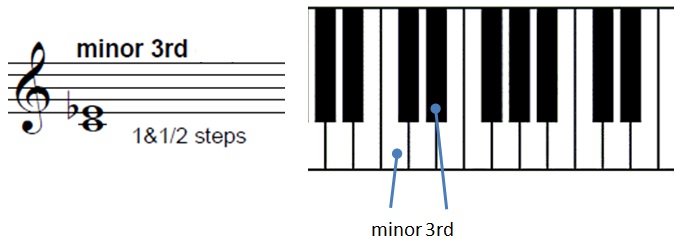
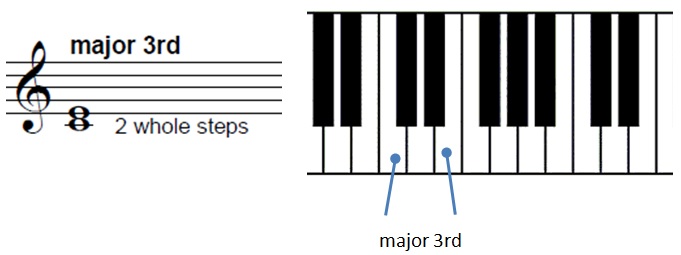
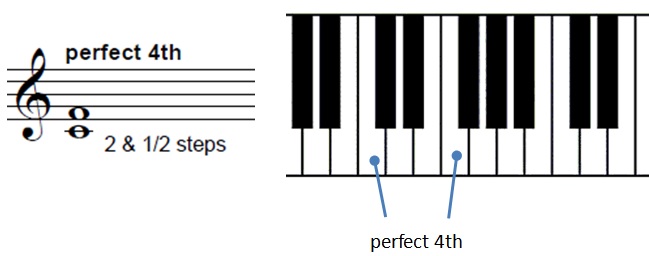
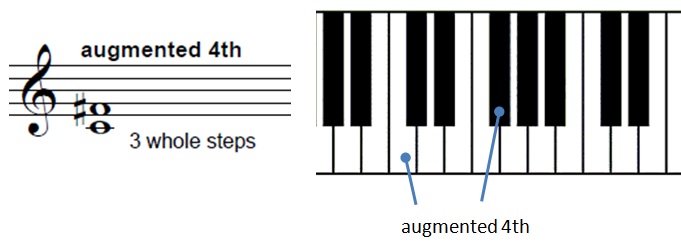
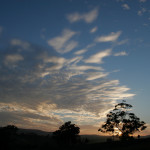
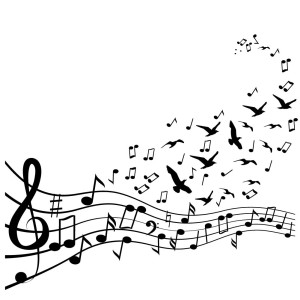
 ank
ank , Merle, and Buck. In this context western music refers to music that has its roots in Europe (based on the use of an equally-tempered 12-tone system, or 12 pitches per octave) as compared to music originating in Asia, the Middle East, and India that use completely different tonal system (use of micro tones, etc) that are not normally used in western music.
, Merle, and Buck. In this context western music refers to music that has its roots in Europe (based on the use of an equally-tempered 12-tone system, or 12 pitches per octave) as compared to music originating in Asia, the Middle East, and India that use completely different tonal system (use of micro tones, etc) that are not normally used in western music.